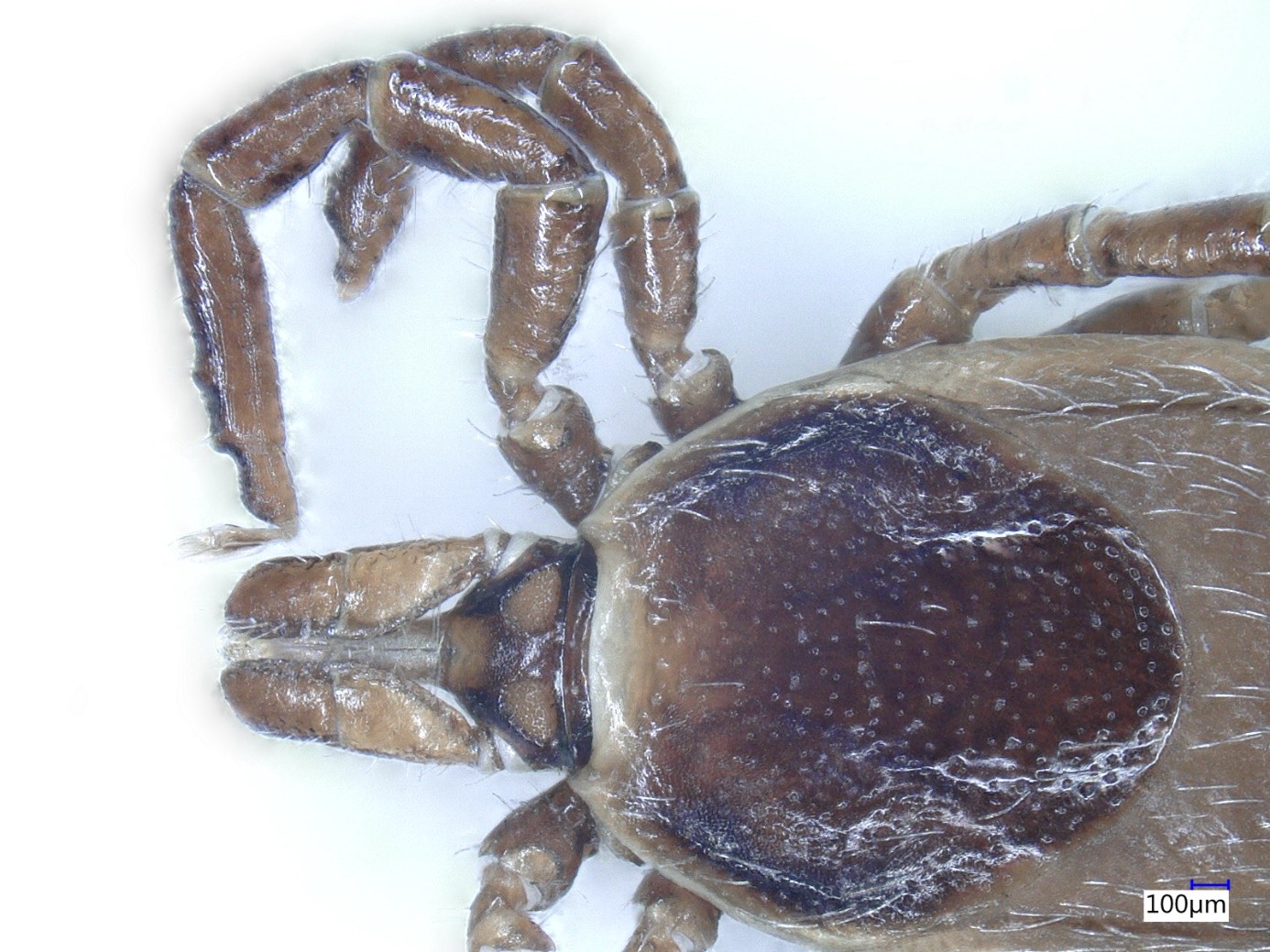Tree Size and Age Both Matter for Forest Birds, Hungarian Study Reveals
Maintaining the richness of forest bird communities requires a high abundance of old, large-diameter trees. This is the key finding of a recent study conducted by researchers at the HUN-REN Centre for Ecological Research. Their decade-long project investigated the impacts of forest management practices designed to emulate natural forest dynamics, offering valuable insights for both conservationists and forest managers.
Across Europe, semi-natural oak forests are in decline, and even the oldest, most natural-looking stands often lack sufficient protection to prevent logging. By contrast, Hungary’s low mountain regions still contain relatively extensive oak woodlands, offering ecologists a valuable opportunity to study the ecological mechanisms underpinning these unique forest ecosystems. “Oak forests are particularly important because many plant and animal species are restricted to them – for example, around 75 per cent of bird species in Hungary are associated with oak habitats,” explained Mariann Komlós, researcher at the Forest Ecology Research Group of the HUN-REN Centre for Ecological Research (HUN-REN CER).

HUN-REN CER is participating in a large-scale, decade-long international project involving numerous partners. As part of the Life4Oak Forests initiative, conservation-oriented forest management interventions are being carried out in oak habitats managed by three Hungarian national parks. These interventions aim to restore a more natural and resilient forest structure, while their ecological impacts are being closely monitored. The latest findings from this long-term research have recently been published in the Journal of Forestry Research.
“Our research revealed that older, larger-diameter trees play a crucial role in maintaining diverse forest bird communities. Nearly all bird species occurred in higher numbers in forest stands with a greater abundance of these old, thick-trunked oak trees. This is why the protection of old-growth forests is so important,” added the HUN-REN CER ecologist.
The newly published findings reveal the relationship between forest structure and composition, and the composition of forest bird communities. These results also inform future management interventions. The ecologists examined how bird community structure varied across 11 oak forest sites in three low mountain national parks in Hungary, depending on tree diameter and other stand characteristics.
The study found that the presence of old, large-diameter trees in oak forests has the strongest influence on bird community characteristics. Insectivorous species – such as leaf warblers and Sylviidae – and woodpeckers, which play a vital role in maintaining forest health, were particularly dependent on the number and density of thick-trunked trees. Cavities excavated by woodpeckers are later used by other cavity-nesting species, such as tits and flycatchers. For these birds, the availability of trees large enough to contain suitably sized nesting holes is essential – the researchers found.

Older, large-diameter trees typically have rougher bark, which supports a greater variety of insects and makes them an important food source for insectivorous birds. Their broader and more stratified canopies also provide a diversity of microhabitats for insects. In contrast, in the absence of old trees, the dense, closed canopy of younger forest stands allows less light to reach the lower layers of the forest, negatively affecting the presence of shrub-nesting bird species such as the blackbird.

